-
 Bitcoin
Bitcoin $114200
0.00% -
 Ethereum
Ethereum $3637
0.56% -
 XRP
XRP $2.950
-2.01% -
 Tether USDt
Tether USDt $0.9999
0.02% -
 BNB
BNB $761.0
0.55% -
 Solana
Solana $164.1
-1.38% -
 USDC
USDC $0.9999
0.02% -
 TRON
TRON $0.3332
0.36% -
 Dogecoin
Dogecoin $0.2012
-0.52% -
 Cardano
Cardano $0.7261
-1.41% -
 Hyperliquid
Hyperliquid $37.62
-2.13% -
 Stellar
Stellar $0.3930
-2.65% -
 Sui
Sui $3.441
-0.16% -
 Bitcoin Cash
Bitcoin Cash $563.8
0.70% -
 Chainlink
Chainlink $16.50
0.09% -
 Hedera
Hedera $0.2424
-0.14% -
 Ethena USDe
Ethena USDe $1.001
0.01% -
 Avalanche
Avalanche $22.20
0.00% -
 Litecoin
Litecoin $118.0
-2.48% -
 UNUS SED LEO
UNUS SED LEO $8.991
0.12% -
 Toncoin
Toncoin $3.195
-3.87% -
 Shiba Inu
Shiba Inu $0.00001217
0.12% -
 Uniswap
Uniswap $9.674
-0.21% -
 Polkadot
Polkadot $3.633
1.00% -
 Monero
Monero $295.3
-0.82% -
 Dai
Dai $0.9999
0.00% -
 Bitget Token
Bitget Token $4.321
-0.41% -
 Cronos
Cronos $0.1392
0.73% -
 Pepe
Pepe $0.00001027
-0.89% -
 Aave
Aave $258.5
0.32%
What is PoA (Proof of Authority) and its applicable scenarios?
PoA, used in private blockchains, relies on trusted validators for high transaction throughput and energy efficiency, ideal for supply chain and financial services.
Apr 10, 2025 at 12:01 am
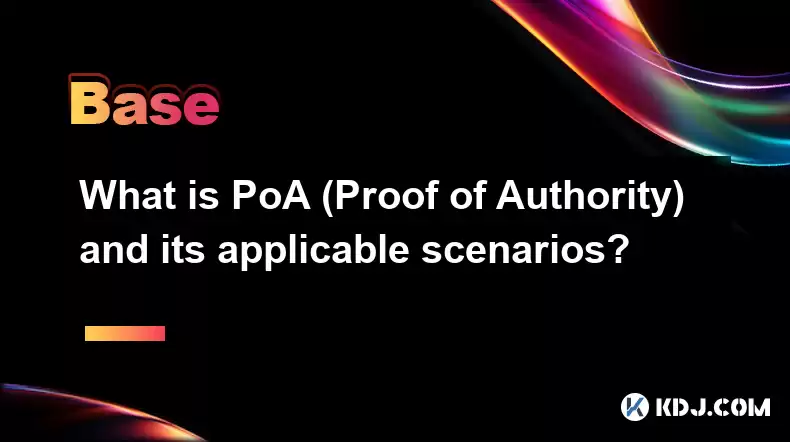
Proof of Authority (PoA) is a consensus mechanism used in blockchain networks that relies on a set of pre-approved validators to create new blocks and validate transactions. Unlike Proof of Work (PoW) or Proof of Stake (PoS), which require significant computational power or a stake in the network, PoA leverages the reputation and identity of the validators. This approach makes PoA particularly suitable for private or consortium blockchains where the participants are known and trusted.
How PoA Works
In a PoA system, validators are chosen based on their reputation and identity. These validators are responsible for creating new blocks and adding them to the blockchain. The selection process for validators is typically managed by a governing body or through a voting mechanism within the network. Once selected, validators use their digital signatures to sign and validate blocks, ensuring that only authorized entities can participate in the consensus process.
The process of adding a new block in a PoA network involves the following steps:
- Transaction Collection: Validators collect and verify transactions from the network.
- Block Creation: A validator creates a new block containing the verified transactions.
- Block Signing: The validator signs the block with their digital signature.
- Block Broadcasting: The signed block is broadcast to the network.
- Block Validation: Other validators verify the signature and the transactions within the block.
- Block Addition: If the block is valid, it is added to the blockchain.
Advantages of PoA
PoA offers several advantages that make it an attractive option for certain blockchain applications. One of the primary benefits is its high transaction throughput. Because PoA does not require complex mining processes, it can process transactions much faster than PoW or PoS systems. This makes it ideal for applications that require quick transaction confirmations.
Another significant advantage is energy efficiency. PoA does not require the extensive computational power needed for mining in PoW systems, making it a more environmentally friendly option. This is particularly important for organizations looking to reduce their carbon footprint.
Security and reliability are also enhanced in PoA systems. Since validators are known and trusted entities, the risk of malicious actors gaining control of the network is significantly reduced. This makes PoA suitable for applications where security and data integrity are paramount.
Applicable Scenarios for PoA
PoA is particularly well-suited for private and consortium blockchains. In these environments, the participants are known and trusted, making it easier to implement a PoA consensus mechanism. Some specific scenarios where PoA can be effectively applied include:
- Supply Chain Management: In supply chain networks, where multiple parties need to collaborate and share data securely, PoA can ensure that only authorized entities can validate transactions and add blocks to the blockchain.
- Financial Services: Banks and financial institutions can use PoA to create private blockchains for interbank transactions, ensuring fast and secure processing of payments and settlements.
- Identity Verification: PoA can be used in systems that require robust identity verification, such as Know Your Customer (KYC) processes, where trusted validators can verify and validate user identities.
- Gaming and Entertainment: In gaming platforms, PoA can be used to manage in-game assets and transactions, ensuring that only authorized entities can create and validate blocks.
Implementing PoA in a Blockchain Network
To implement PoA in a blockchain network, several steps need to be followed:
- Identify Validators: Determine the criteria for selecting validators, such as reputation, identity, and expertise. Establish a process for selecting and onboarding validators.
- Set Up Governance: Create a governance structure to manage the selection and performance of validators. This may include a governing body or a voting mechanism within the network.
- Configure the Network: Set up the blockchain network with the necessary software and infrastructure to support PoA. This includes configuring the consensus algorithm and integrating it with the blockchain platform.
- Test and Validate: Conduct thorough testing of the PoA implementation to ensure that it meets the required performance and security standards. Validate the system with a small group of validators before full deployment.
- Monitor and Maintain: Continuously monitor the performance of the PoA network and the validators. Implement mechanisms for updating and maintaining the system to ensure its ongoing reliability and security.
Challenges and Considerations
While PoA offers many benefits, there are also some challenges and considerations to keep in mind. One of the main challenges is the centralization of trust. Since PoA relies on a set of pre-approved validators, the network's security and integrity depend on the trustworthiness of these entities. If a validator acts maliciously or is compromised, it can impact the entire network.
Another consideration is scalability. While PoA can handle high transaction throughput, the number of validators can impact the network's performance. A larger number of validators can lead to slower consensus times, while a smaller number may increase the risk of centralization.
Ensuring the integrity of validators is also crucial. Mechanisms need to be in place to monitor and audit the performance of validators, ensuring that they adhere to the network's rules and standards. This may include regular audits, performance reviews, and mechanisms for removing or replacing validators if necessary.
Frequently Asked Questions
Q: Can PoA be used in public blockchains?
A: While PoA is primarily designed for private and consortium blockchains, it can be adapted for use in public blockchains under certain conditions. For example, a public blockchain could use a hybrid model where PoA is used alongside other consensus mechanisms to enhance security and performance. However, the challenge lies in ensuring the trustworthiness and accountability of validators in a public setting.
Q: How does PoA handle validator misconduct?
A: PoA networks typically have mechanisms in place to handle validator misconduct. This can include slashing mechanisms, where validators are penalized for malicious behavior, or a voting system where other validators can vote to remove a misbehaving validator. Additionally, regular audits and performance reviews help maintain the integrity of the network.
Q: What are the costs associated with implementing PoA?
A: The costs of implementing PoA can vary depending on the scale and complexity of the network. Key costs include the infrastructure required to set up and maintain the blockchain, the selection and onboarding of validators, and ongoing monitoring and auditing. While PoA can be more cost-effective than PoW due to its energy efficiency, the initial setup and governance costs should be carefully considered.
Q: Can PoA be combined with other consensus mechanisms?
A: Yes, PoA can be combined with other consensus mechanisms to create hybrid models that leverage the strengths of different approaches. For example, a network might use PoA for certain types of transactions that require high security and fast processing, while using PoS for other transactions to enhance decentralization. This flexibility allows networks to tailor their consensus mechanisms to their specific needs and requirements.
Disclaimer:info@kdj.com
The information provided is not trading advice. kdj.com does not assume any responsibility for any investments made based on the information provided in this article. Cryptocurrencies are highly volatile and it is highly recommended that you invest with caution after thorough research!
If you believe that the content used on this website infringes your copyright, please contact us immediately (info@kdj.com) and we will delete it promptly.
- Fast-Moving Cryptos: Could Pudgy Penguins Deliver High Gains by 2025?
- 2025-08-06 16:30:11
- Crypto Gaming Tokens: August 2025 Investment Opportunities
- 2025-08-06 16:50:12
- Flipster, Kaia, and Stablecoin Access: Bridging Crypto to Everyday Life in Asia
- 2025-08-06 16:50:12
- Superp ($SUP) Takes Flight on Binance Alpha: A New Era for On-Chain Perpetual Trading
- 2025-08-06 16:30:11
- Indonesia's Crypto Tax Tightrope: Balancing Revenue and Bitcoin Adoption
- 2025-08-06 17:10:12
- Nissan Magnite Kuro: India's Black Edition Steals the Show
- 2025-08-06 16:56:02
Related knowledge
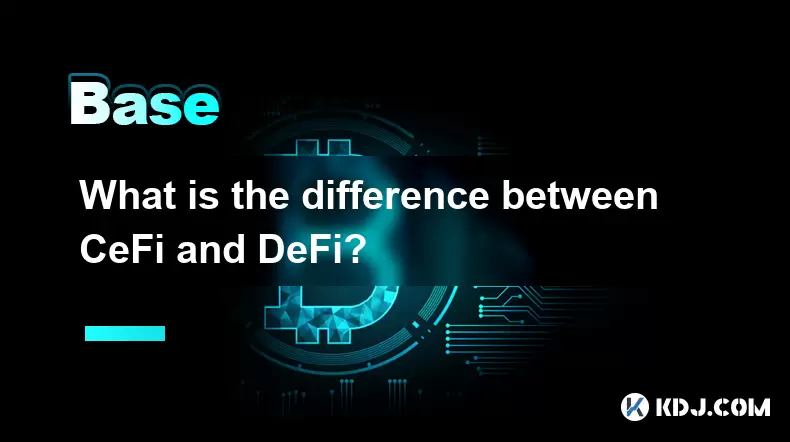
What is the difference between CeFi and DeFi?
Jul 22,2025 at 12:28am
Understanding CeFi and DeFiIn the world of cryptocurrency, CeFi (Centralized Finance) and DeFi (Decentralized Finance) represent two distinct financia...
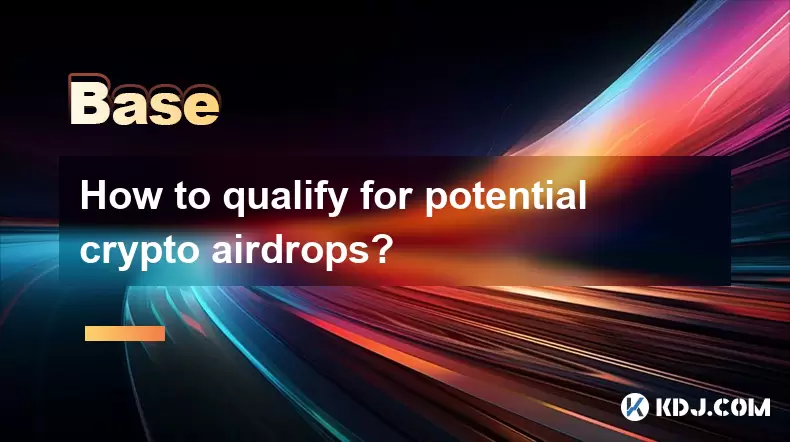
How to qualify for potential crypto airdrops?
Jul 23,2025 at 06:49am
Understanding What Crypto Airdrops AreCrypto airdrops refer to the distribution of free tokens or coins to a large number of wallet addresses, often u...
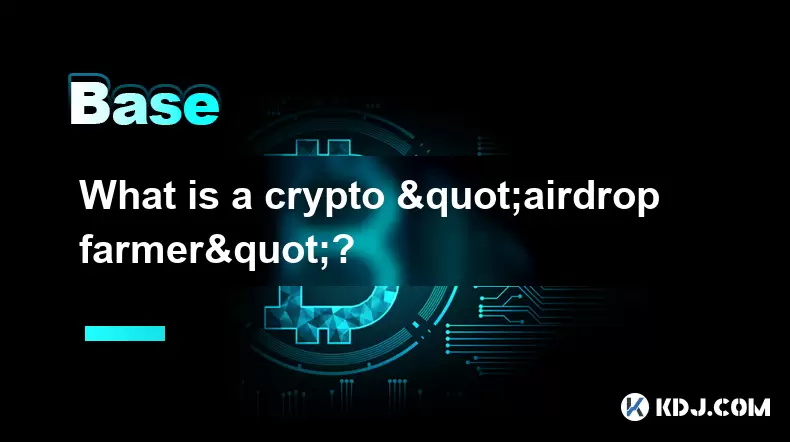
What is a crypto "airdrop farmer"?
Jul 24,2025 at 10:22pm
Understanding the Role of a Crypto 'Airdrop Farmer'A crypto 'airdrop farmer' refers to an individual who actively participates in cryptocurrency airdr...
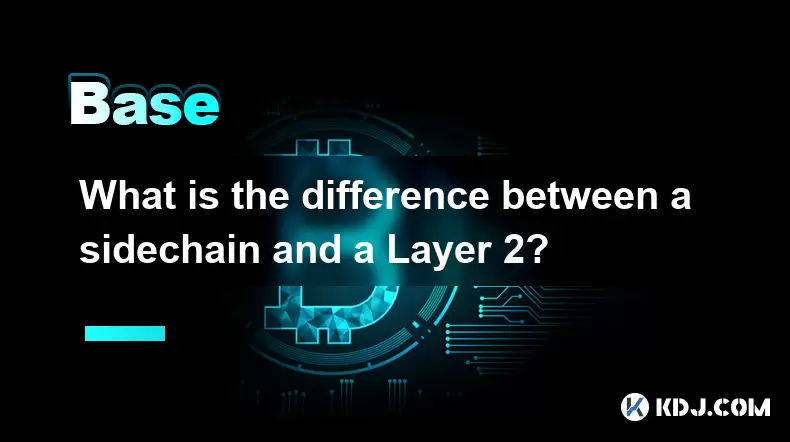
What is the difference between a sidechain and a Layer 2?
Jul 20,2025 at 11:35pm
Understanding the Concept of SidechainsA sidechain is a separate blockchain that runs parallel to the main blockchain, typically the mainnet of a cryp...
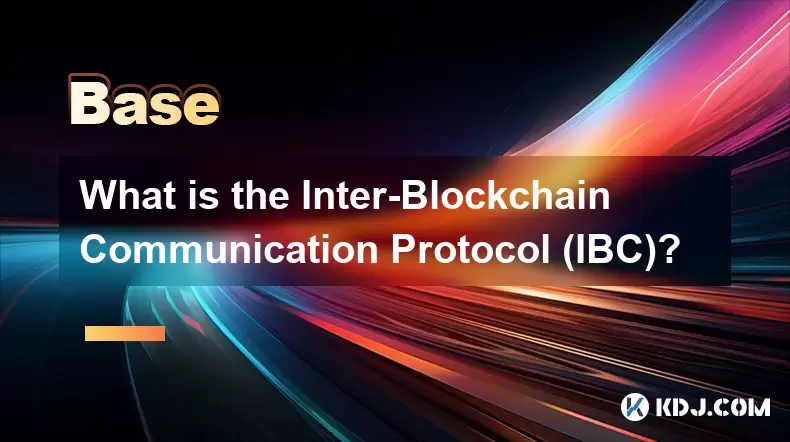
What is the Inter-Blockchain Communication Protocol (IBC)?
Jul 19,2025 at 10:43am
Understanding the Inter-Blockchain Communication Protocol (IBC)The Inter-Blockchain Communication Protocol (IBC) is a cross-chain communication protoc...
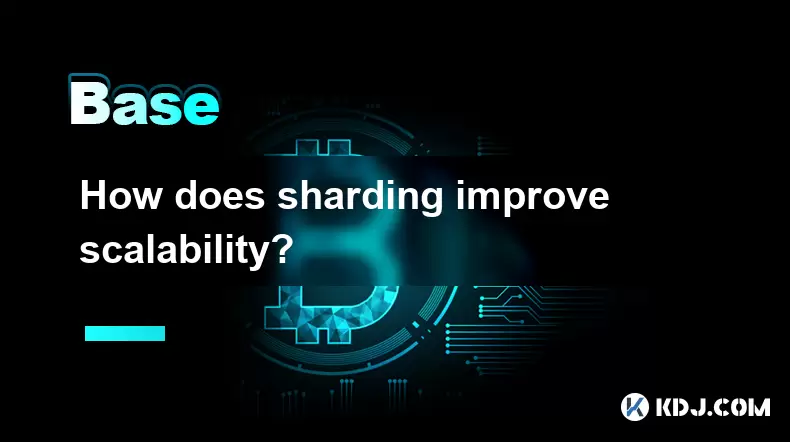
How does sharding improve scalability?
Jul 20,2025 at 01:21am
Understanding Sharding in BlockchainSharding is a database partitioning technique that is increasingly being adopted in blockchain technology to enhan...

What is the difference between CeFi and DeFi?
Jul 22,2025 at 12:28am
Understanding CeFi and DeFiIn the world of cryptocurrency, CeFi (Centralized Finance) and DeFi (Decentralized Finance) represent two distinct financia...

How to qualify for potential crypto airdrops?
Jul 23,2025 at 06:49am
Understanding What Crypto Airdrops AreCrypto airdrops refer to the distribution of free tokens or coins to a large number of wallet addresses, often u...

What is a crypto "airdrop farmer"?
Jul 24,2025 at 10:22pm
Understanding the Role of a Crypto 'Airdrop Farmer'A crypto 'airdrop farmer' refers to an individual who actively participates in cryptocurrency airdr...

What is the difference between a sidechain and a Layer 2?
Jul 20,2025 at 11:35pm
Understanding the Concept of SidechainsA sidechain is a separate blockchain that runs parallel to the main blockchain, typically the mainnet of a cryp...

What is the Inter-Blockchain Communication Protocol (IBC)?
Jul 19,2025 at 10:43am
Understanding the Inter-Blockchain Communication Protocol (IBC)The Inter-Blockchain Communication Protocol (IBC) is a cross-chain communication protoc...

How does sharding improve scalability?
Jul 20,2025 at 01:21am
Understanding Sharding in BlockchainSharding is a database partitioning technique that is increasingly being adopted in blockchain technology to enhan...
See all articles

























































































